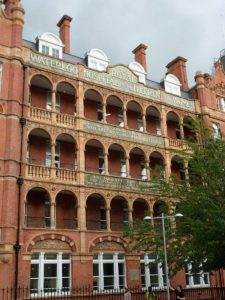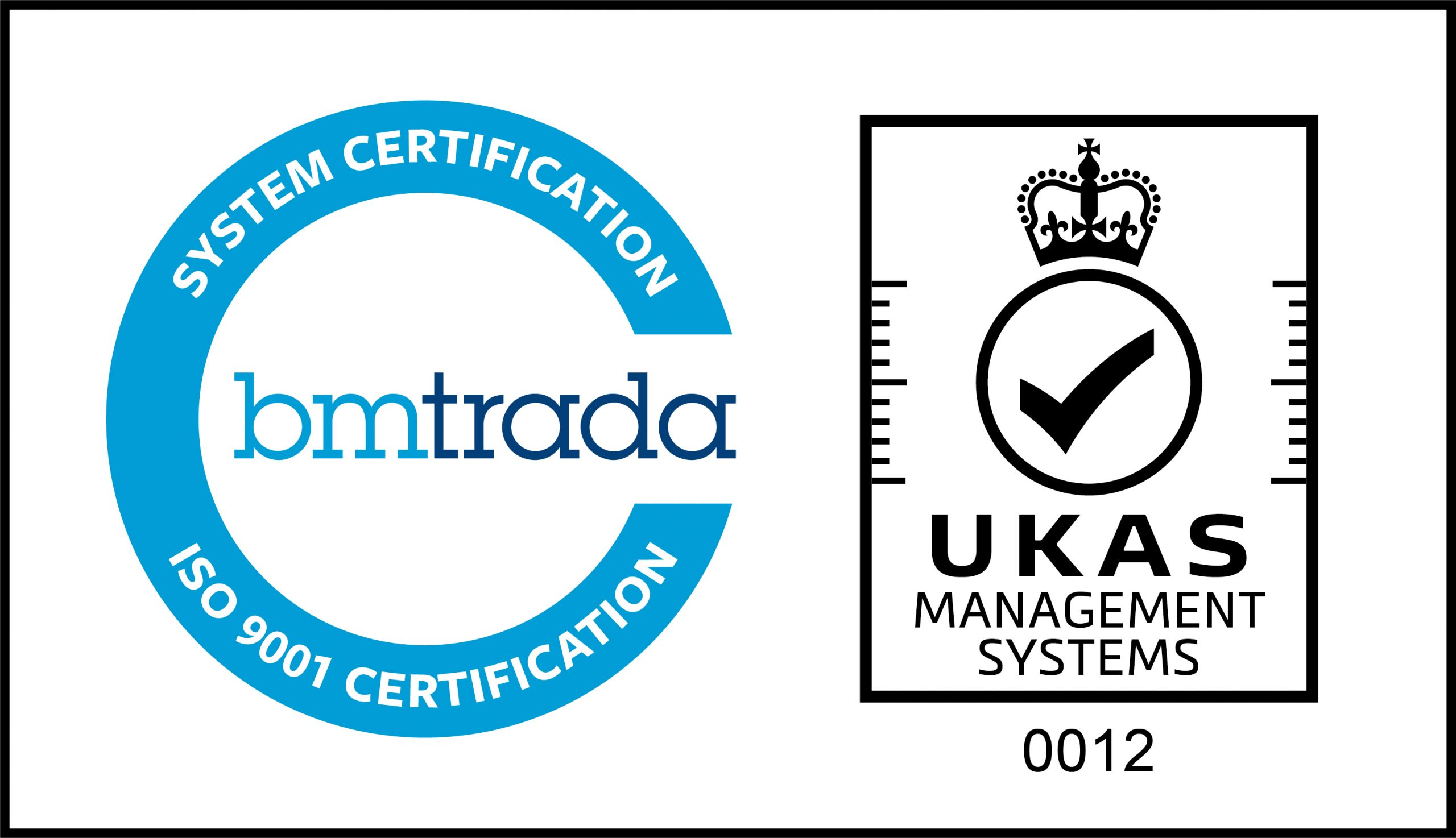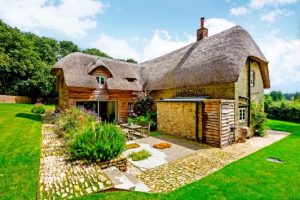Thames Building Control has an in-house qualified conservation surveyor who is equipped with unique experience and skills in the preservation of historic buildings. We believe this sets us apart from our building control competitors. Thames Building Control is not only passionate about historic and listed buildings but the company is also interested in the maintenance and conservation of our architectural heritage for future generations.

The immediate objective of building conservation is to secure the preservation of the nation’s historic building stock. The Building Regulations do allow for partial exemptions undertaken on historic buildings, however not fully, therefore by engaging Thames Building Control will assist in achieving a build that is safe for occupation without compromising the historic fabric of our protected buildings. British Standards and other codes of practice should not be applied unthinkingly, in the context of building conservation. While the application of structural design or fire safety codes can be appropriate in many circumstances, there could be other circumstances where it will be necessary to follow the professional experience and judgement, based on what has been proved to work.
In advance of any building operation, sufficient survey, investigation, evaluation and recording should be undertaken to give reasonable confidence that the building, its development, and historical importance are sufficiently understood. That nothing of significant value is likely to be inadvertently damaged or destroyed and the proposed work is appropriately designed and specified. Such work should be designed, specified, and carried out by professionals with appropriate knowledge and experience and whenever possible, as far as practicable, material should be left undisturbed.
Material containing significant information, which cannot for any reason, be left in situ, should be carefully recorded and, if appropriate, separately preserved. The destruction of significant historical evidence without adequate recording is never acceptable. Any new work, which is matched to the old for aesthetic reasons, should be recorded and should be finished in such a way that it can be distinguished from the original by discreet dating or other means.
Evidence and information retrieved during the work should be carefully logged. A proper record of the building and the work undertaken should be made. In the case of particularly sensitive or significant buildings, this should be written up into a report, with one copy retained within the operations & maintenance manuals with other building documentations and another deposited in an appropriate archive.


